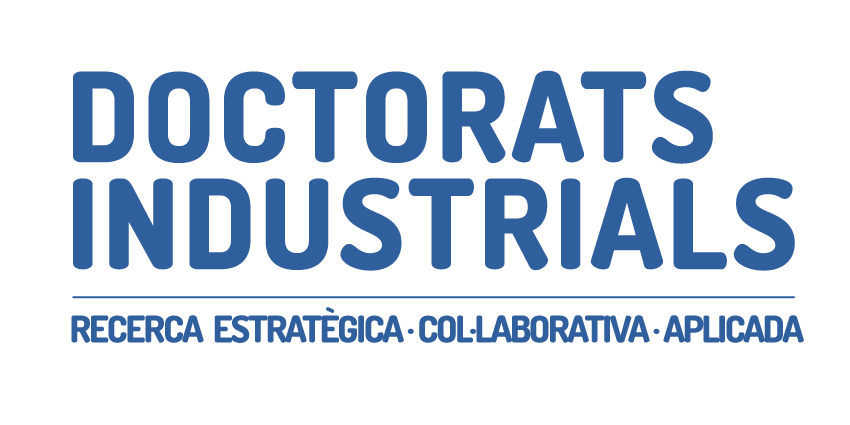Descripció del projecte
Rare cell populations are the ones that are present are cell populations are the ones that are present in huge background cell populations at
extremely low abundances. Some rare cell types, such as fetal cells in maternal blood and circulating tumor cells (CTCs), offer insightful analytical
data and early identification that may one day replace invasive diagnostic techniques. It can be difficult to isolate rare cells because of their low
abundance in circulation. For instance, fetal cells can be even rarer than CTCs, which have an abundance of only one in a billion blood cells. Rare
cells have traditionally been obtained using enrichment techniques like filtration and magnetic bead selection. These techniques, however, cannot
extract pure populations of rare cell types. High efficiency and sensitivity are crucial for the successful isolation of rare cells.
The techniques used nowadays for detecting disease on prenatal are through the detection of cfDNA (circulating free DNA) or with invasive
methods such amniocentesis, which consists in introducing a needle into the amniotic sac and extract the amniotic fluid to assess genetic information of the fetus. Both of the test has serious limitations: amniocentesis offers the whole genetical load but it is an invasive method with a risk of miscarrying of 1%, while the analysis of cfDNA is only useful for detection of certain trisomy’s or monosomies, but not helpful for the detection of
monogenic diseases. Regarding breast cancer tumors, the detection of CTCs may help to characterize initiation of metastasis and monitored the
disease in a minimal invasive-real time manner. Currently, the method to assess the tumor is based on tumor biopsy which is an invasive technique.
A microfluidic device can overcome these presently limitations, as a non-invasive diagnostic tool from a blood sample (liquid biopsy). The objective of
this project is to develop a microfluidic device which can separate the rare cells with high purity and sensitivity directly from a liquid biopsy. This
innovation could have a significant impact on personalized medicine and the health industry.
Additionally, the innovative strategy, apart from liquid biopsy, is to introduce a magnet component which will help to separate the rare cells
quicker, precisely and effectively even though the concentration is low. For this purpose, it will be needed to do the mathematical modelling of the
blood flow in a magnetic. Once we define the mathematical method, we will be able to construct the microfluidic device accordingly, thanks to
Solidworks CAD. The next step is to make simulations of the new design with the biofluids we are going to use, henceforth, to have a statistical
support system when it comes to design the protocol. This microfluidic device will be 3D printed because it is more accurate than the microfabrication techniques used nowadays. While doing the simulations, we will also start testing the chip with blood from pregnant women and finding the correct range of values to use during the experiment so it can be optimized. The data analysis will be through the sensors of flow rate and other types within the microfluidic system and after the separation, it will be analyzed by flow cytometry to make sure that we have obtained the rare cells.
The anticipated outcome of the project is expected to isolate these rare cells in a miniaturized microfluidic device, using the bare minimum of blood
volume sample, easy to reproduce, portable and with a user-friendly interface for using without the need to be an expert technician. As a result, this
potential contribution would help to determine which is the best treatment that suits the patient’s needs. Bringing precise medicine into the clinics
could be translated into a better patient’s response to the treatment.
The timeline of this project is approximately 4 years. The first year will focus on optimizing the microfluidic device and magnets by creating the
adequate mathematical model applying the novel magnet strategy, and trying to find the correct experimental value ranges which can work with blood samples. During the second year, the design of the microfluidic chip will be adapted for manufacturing and it will be tested with clinical samples for its validation. During the third year, a prototype of the medical device will be obtained. The software and the hardware will be designed and all the components of the new medical device,such as the magnet and electronics will be assembled into a unique system. Finally, during the fourth and last year, the beta-prototype of the medical device will be tested in the clinics to evaluate its performance in the real clinical setting.
The resources required for conducting this research will be provided by an Eurostars grant, collaboration with UPC Terrassa and Ànima, an
international product designer. In addition, Bioliquid is situated in Parc Cientific de Barcelona, where all required equipment for the experiments is
available.
Overall, we aim to introduce personalized medicine into the health system and help the research field by isolating and studying rare cells, which will
help the monitoring and/or improving of patient’s treatments thanks to the early and non-invasive new diagnostic tool



